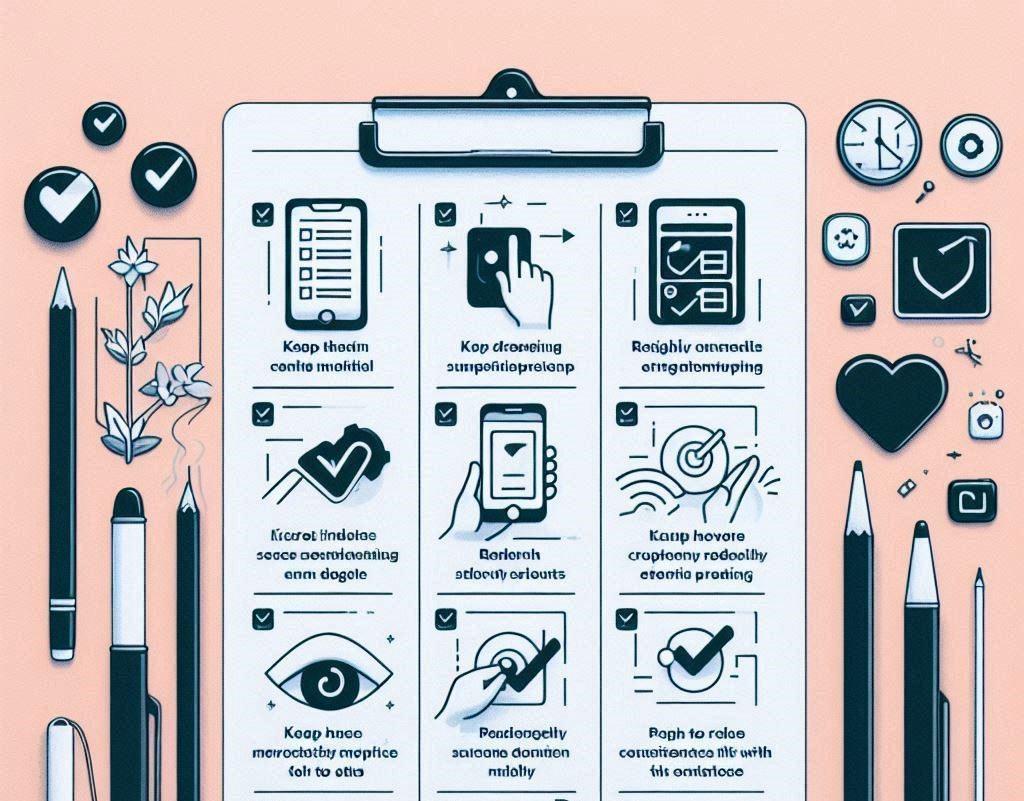What Are Micro-Interactions and How Do They Enhance User Experience (UX)?
In the dynamic world of web design, small elements often make the most significant impact. One such element is micro-interactions, which are subtle animations or design features that respond to user actions. But what are micro-interactions, and how do they enhance user experience (UX)? By integrating artificial intelligence (AI), small business websites can leverage these elements to create more engaging and intuitive user experiences.
What Are Some Common Examples of Effective Micro-Interactions in Web Design?
Micro-interactions are everywhere in web design, often unnoticed until they’re absent. These small, responsive elements can include animations such as a button changing color when hovered over, a form field indicating success or error after data entry, or a loading spinner providing visual feedback. Artificial intelligence can take these interactions further by personalizing them based on user behavior. For instance, a small business website could use AI to adjust micro-interactions dynamically, making the user experience even more tailored and seamless.
Another example of effective micro-interactions is the use of progress indicators during multi-step processes. These indicators help users understand where they are in the process and how much is left, reducing frustration and enhancing satisfaction. Small business websites can benefit greatly from such design elements by keeping users informed and engaged throughout their journey.
How Can Businesses Implement Micro-Interactions to Improve Website Usability?
Implementing micro-interactions requires thoughtful integration into the website’s design. Businesses should start by identifying key user actions and determining where feedback can enhance the experience. AI can be particularly useful here, analyzing user behavior to suggest optimal points for micro-interactions. For a small business website, this might mean adding subtle animations to guide users through the navigation or providing instant feedback on form submissions.
AI-powered tools can also help businesses track the effectiveness of these interactions, allowing for continuous improvement. For example, AI can monitor user engagement with micro-interactions and provide insights on which ones are most effective at improving usability. By leveraging these insights, small businesses can refine their micro-interactions to better meet user needs and expectations.
What Role Do Micro-Interactions Play in Providing User Feedback and Engagement?
Micro-interactions are crucial for providing immediate and clear feedback to users, which significantly enhances engagement. When a user clicks a button, and it changes color or animates, it provides reassurance that the action has been registered. Similarly, when a form field turns green after correct input, it confirms to the user that they are on the right track. Artificial intelligence can enhance this feedback loop by predicting user actions and optimizing the micro-interactions accordingly.
For small business websites, user feedback is vital for building trust and keeping visitors engaged. AI can analyze user behavior patterns to fine-tune these interactions, ensuring that they are always relevant and helpful. For instance, if AI detects that users often abandon a shopping cart at a certain stage, it can introduce a micro-interaction to guide them through the process more smoothly, thus improving conversion rates.
What Are the Best Practices for Designing and Integrating Micro-Interactions in a Website?
When designing and integrating micro-interactions, it’s essential to focus on subtlety and relevance. Overloading a website with too many animations can overwhelm users and detract from the overall experience. Instead, businesses should aim for a balance, using micro-interactions to highlight important actions and provide meaningful feedback. AI can play a pivotal role here by analyzing user data to determine the most effective points for these interactions.
For a small business website, it’s also important to ensure that micro-interactions are consistent with the brand’s overall aesthetic and tone. This consistency helps reinforce brand identity and creates a cohesive user experience. Additionally, AI can assist in personalizing micro-interactions based on individual user preferences and behaviors, making the website feel more intuitive and user-friendly.
Testing is another critical aspect of implementing micro-interactions. Businesses should use A/B testing to compare different interaction designs and gather user feedback. AI can streamline this process by analyzing test results and identifying the most effective designs. By continuously refining micro-interactions based on user data, small business websites can enhance usability and drive higher engagement and satisfaction.
In conclusion, micro-interactions are powerful tools for enhancing user experience (UX) on small business websites. By leveraging artificial intelligence, businesses can implement and refine these interactions to provide meaningful feedback, improve usability, and engage users more effectively. As web design continues to evolve, the role of micro-interactions will only become more significant in creating seamless and satisfying online experiences.



